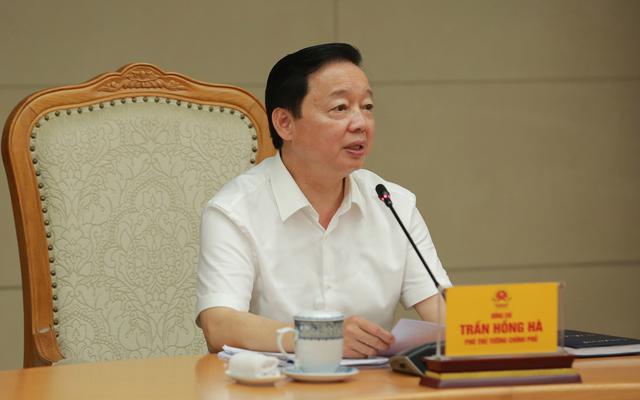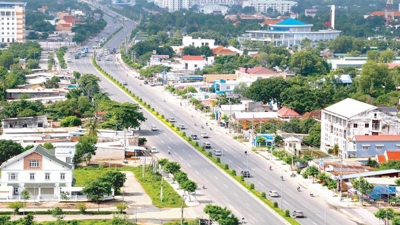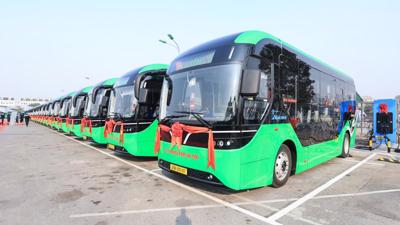Vietnam's Semiconductor Industry Charts Strategic Course for Human Resource Development
Vietnam's semiconductor industry is poised for a transformative journey as policymakers and stakeholders converge to outline a comprehensive roadmap for human capital development, amid global demand spikes and supply chain realignments.

Vietnam is making a bold push to break into the lucrative global semiconductor industry, with the government unveiling a comprehensive project to rapidly train a specialized workforce.
Recognizing the potential for growth, the project targets the training of tens of thousands of engineers for semiconductor design and manufacturing.
Deputy Prime Minister Tran Hong Ha, chairing an April 22 meeting on the project, emphasized the need for a strategic approach.
"We must delineate the strategy for nurturing Vietnam's semiconductor industry, laying the groundwork for the subsequent task of human resource training," he asserted.
Riding the wave of global demand
The global semiconductor shortage, exacerbated by the COVID-19 pandemic and rising geopolitical tensions, has led major manufacturers to seek diversification in their supply chains. Vietnam, with its young, tech-savvy population and competitive costs, is well-positioned to capitalize on these shifts.
The global semiconductor market, worth an estimated $600 billion in 2022, is forecast to reach $1 trillion by 2030. Vietnam's Ministry of Planning and Investment estimates that to meet this burgeoning demand, the country will need 15,000 design engineers and 35,000 engineers for chip fabrication facilities by the end of the decade.
From assembly to innovation
Currently, Vietnam participates primarily in the packaging and testing phases of semiconductor manufacturing, which represent a relatively small portion of the value chain. The new project aims to train engineers capable of tackling more complex tasks like chip design, a critical step toward higher value creation.
To accomplish this ambitious objective, the project entails several key plans. Firstly, it aims to offer comprehensive training to 1,300 lecturers across various universities, enhancing their expertise to meet the evolving demands of the semiconductor industry.
Additionally, the project seeks to broaden the domestic semiconductor training network, extending its reach to approximately 200 institutions nationwide.
Moreover, there are provisions for substantial investments in the establishment of four shared semiconductor centers and the development of 20 standard semiconductor training facilities, strategically positioned to cultivate a skilled workforce capable of driving Vietnam's semiconductor industry forward.
Key challenges and solutions
Experts, however, warn about the need for breakthrough policies and mechanisms to ensure the project's success.
Vu Hai Quan, Director of Ho Chi Minh City National University, highlighted the importance of attracting foreign experts, sharing facilities, and investing in specialized laboratories.
"The policy framework must be swiftly constructed, ensuring that resources are readily available for immediate implementation upon project approval," emphasized Deputy Minister of Education and Traing Hoang Minh Son.
Some other industry leaders stressed the need for accurate forecasts of industry demand to design effective training programs.
Deputy Prime Minister Tran Hong Ha underscored the Vietnamese government's commitment to the project. Emphasizing the need for a robust "package" of policies, he outlined the government's role in supporting education, research, and infrastructure development.
He noted ongoing efforts to form strong research groups and facilitate collaborations between businesses, universities, and government agencies.
If successful, the human resource development project could transform Vietnam into a significant regional player in the semiconductor industry. The potential economic benefits are substantial, with the MPI estimating the industry could contribute VND 360,000 billion ($14.2 billion) to Vietnam’s GDP by 2030 and create 154,000 indirect jobs.
However, Vietnam will face stiff competition from neighboring countries also eager to expand their share of the semiconductor market.
The success of Vietnam's ambitions will depend not only on training a skilled workforce but also on its ability to foster a supportive business environment and attract major investments into its nascent semiconductor industry.







